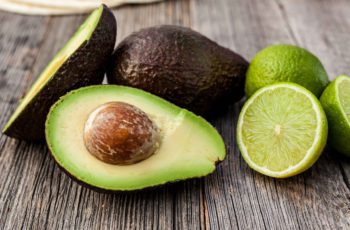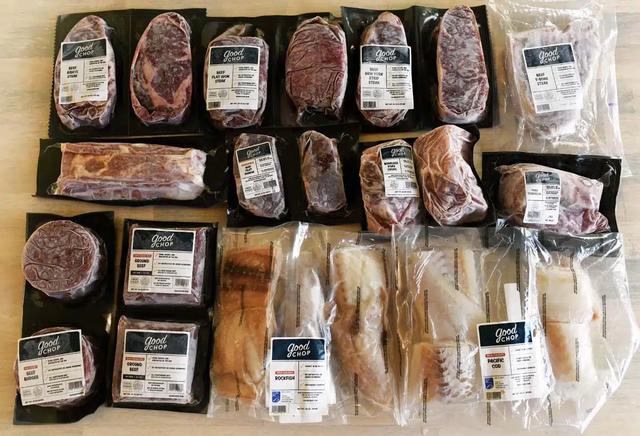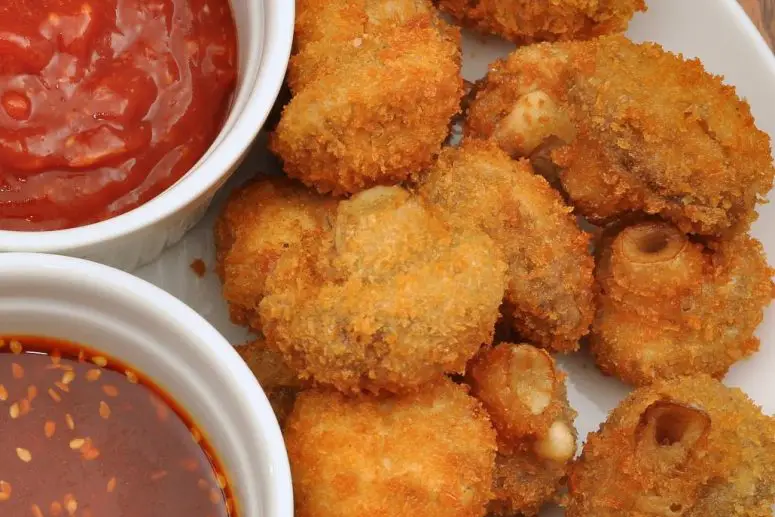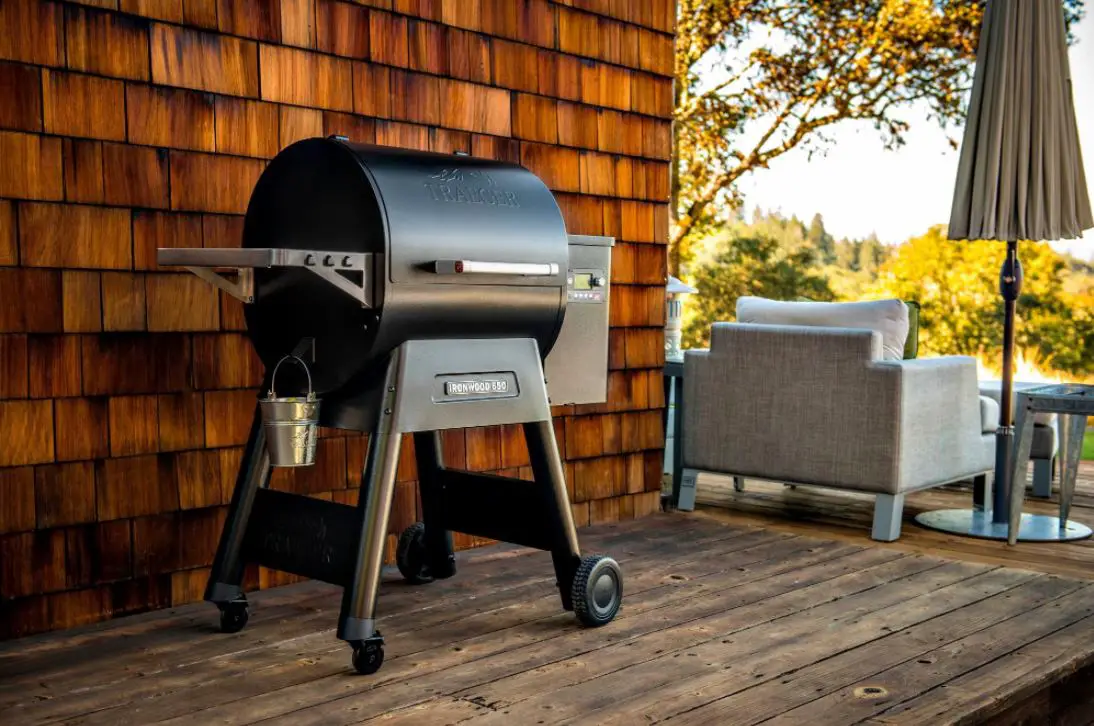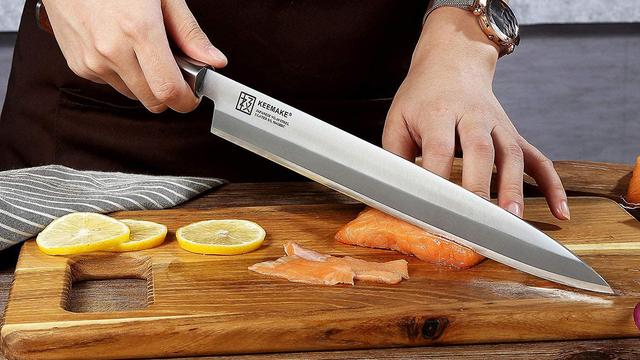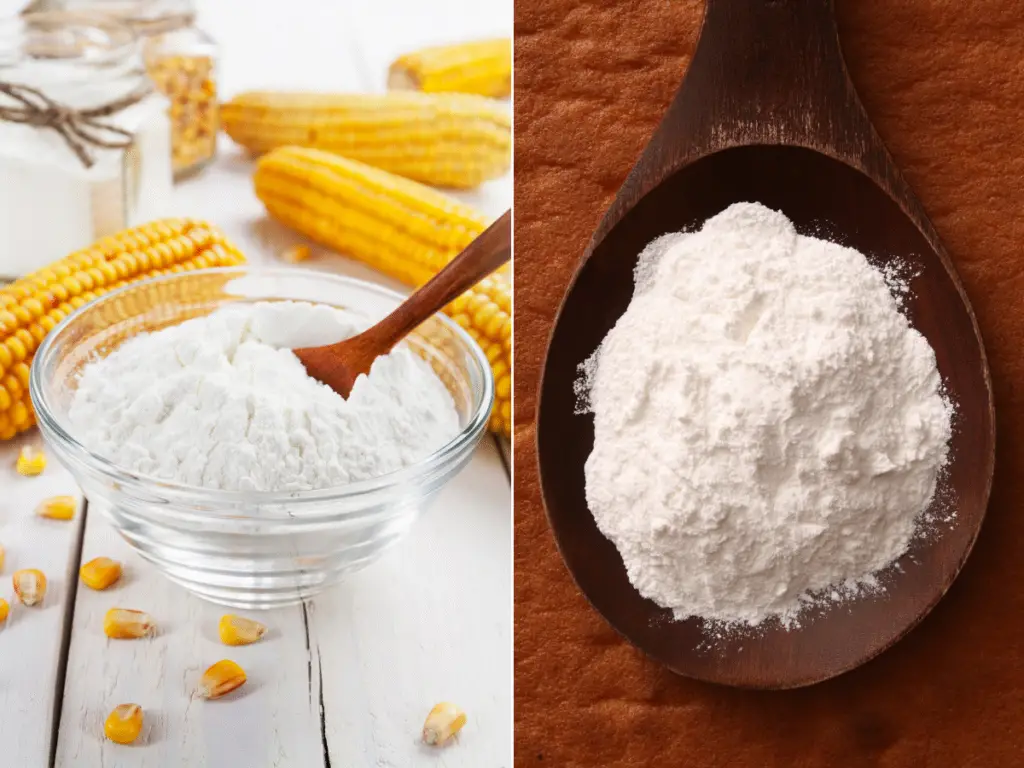
Corn Starch vs Baking Powder: Understanding the Key Differences and Best Uses
What is Cornstarch?
Cornstarch is a fine, powdery substance that is made from the endosperm of corn kernels. It is commonly used as a thickening agent in various recipes, such as soups, sauces, pies, gravies, and marinades. Cornstarch has no flavor or odor, making it versatile for different types of dishes. In addition to its thickening properties, cornstarch is also used to fry foods. When combined with flour in a 50-50 ratio, it creates a crispy and crunchy coating when frying.
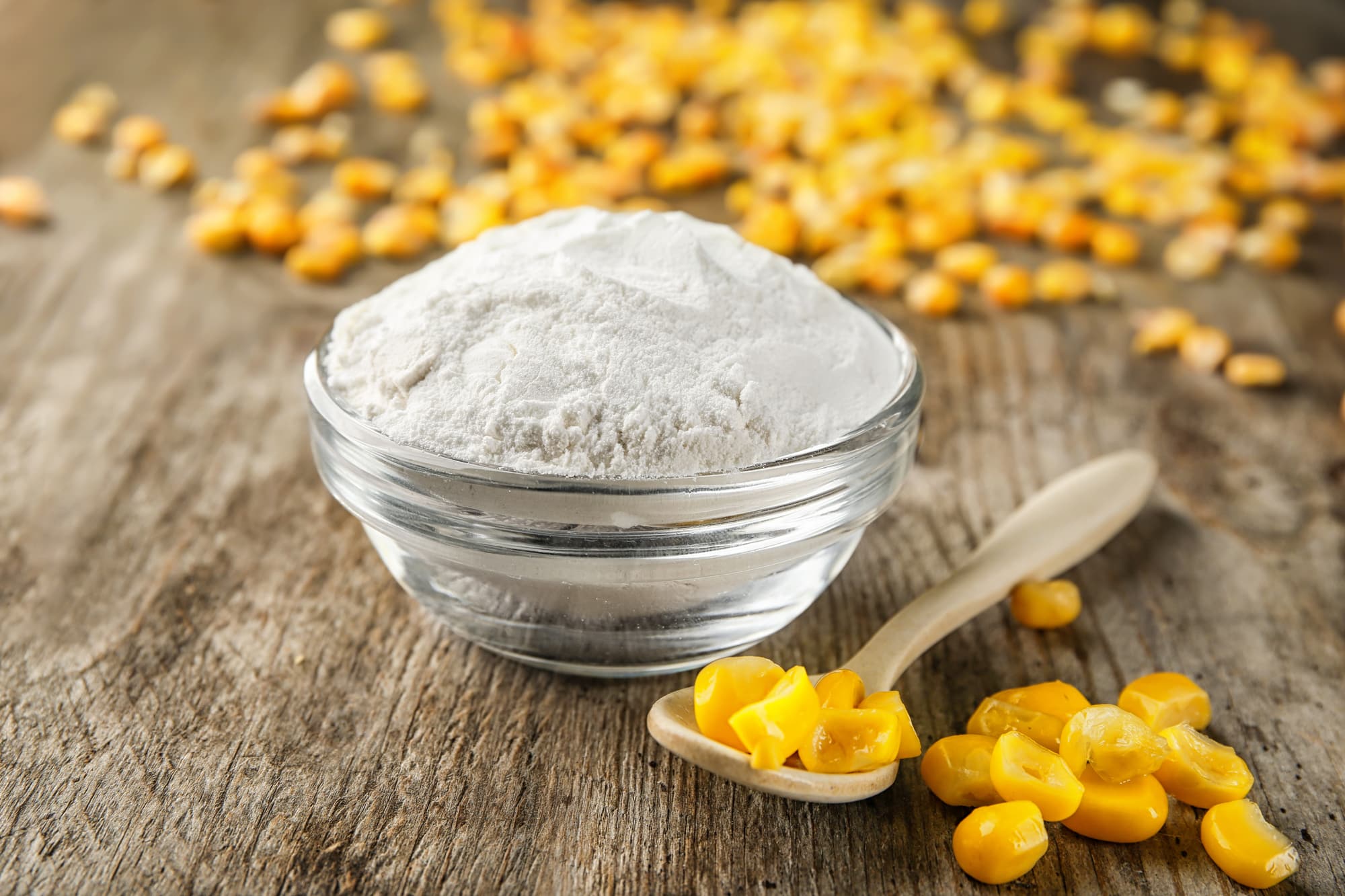
When it comes to chicken wings, many people prefer using cornstarch over baking powder for several reasons. Firstly, cornstarch does not have any added taste or texture that can alter the flavor and crunchiness of the wings. On the other hand, baking powder can sometimes leave a gritty or sandy texture on the wings’ surface.
Furthermore, cornstarch contains mostly starch and lacks gluten found in flour. This high starch content allows cornstarch to absorb more water and enhance gelatinization when applied to wet surfaces like chicken wings. As the wings are heated, the starch granules swell and absorb water until they burst, resulting in a golden color and super crunchy texture.
In comparison to baking powder, which needs an acid to activate its leavening properties in baking recipes, cornstarch does not affect the rising of dough or batter. Therefore, when grilling or baking chicken wings in an oven, using cornstarch alone provides better results in terms of appearance and crunchiness.
What is Baking Powder?
Baking powder is a leavening agent used in baking to help dough or batter rise. It is made from a combination of baking soda and an acid, which work together to produce carbon dioxide gas. This gas creates bubbles in the dough or batter, causing it to expand and become light and fluffy when baked.
Most baking powders are “double-acting,” meaning they have two reactions. The first reaction occurs when the baking powder comes into contact with a liquid, producing some gas. The second reaction happens when the dough or batter is heated in the oven, causing more gas to be released and further expanding the mixture.
It’s important to note that if you’re using baking powder in your recipe, there should also be an acid present, such as lemon juice or buttermilk. This acid is necessary to activate the baking soda in the baking powder.

Testing Cornstarch vs Baking Powder for Chicken Wings
In my recipe for pellet grill chicken wings, I conducted a series of tests to compare the use of cornstarch and baking powder. After experimenting with different ratios of cornstarch to flour, I found that increasing the amount of cornstarch resulted in wings that I preferred. In fact, I now exclusively use cornstarch in my wing recipe. On the other hand, I did not enjoy the taste or texture when using baking powder. Cornstarch provided a great golden color and a satisfying crunch when grilling or baking wings, while baking powder had a gritty taste and lacked crispiness.
Cornstarch is commonly used as a thickening agent in various recipes such as soups, pies, marinades, and gravy. It is also frequently used for frying foods, often in a 50-50 ratio with flour. When grilling wings, however, using just cornstarch yields the best results with its ability to enhance gelatinization and create a crunchy texture. Flour contains gluten while cornstarch is primarily starch, making it more effective at absorbing water and resulting in burst granules during heating.
Baking powder, on the other hand, is a leavening agent made from baking soda and an acid. While it can be used for baking by producing gas to help dough or batter rise, it did not work well for wings in my tests. Baking powder dried out the wing’s surface but failed to provide the desired level of crispiness compared to cornstarch.
Which is Better? Cornstarch or Baking Powder for Wings
After testing various ratios of cornstarch to flour, it was found that increasing the ratio of cornstarch resulted in more flavorful and crunchy chicken wings. The use of cornstarch, especially when grilling or baking wings, produced a golden color and a super crunchy texture. On the other hand, baking powder was found to have a gritty taste and lacked the desired crunch. Cornstarch, being mostly starch and gluten-free, has a greater water absorption capacity which enhances the gelatinization process when applied to wet surfaces like chicken wings. In terms of baking, while baking powder can provide leavening effects and make the skin dry out before cooking, it does not produce the same level of crispiness as cornstarch.
Visually, there may not be a significant difference between wings coated with cornstarch or baking powder before and after grilling. However, taste-wise, there is a noticeable distinction. Wings coated with baking powder tend to feel “sandy” in texture and lack crispness compared to those coated with cornstarch. Personal preference may vary, but based on extensive experience in grilling wings using cornstarch as the dredge produces consistently crispy results that are favored by family and friends.
Whether using an oven or grill for cooking wings, it is still recommended to use cornstarch over baking powder. The heat source ultimately determines how wings cook, and both ovens and grills create convection heat that can achieve similar results. Cornstarch remains more cost-effective than baking powder as well. Therefore, even if using an oven instead of a grill, opting for cornstarch will likely yield better-tasting and crunchier wings.
The Price of Cornstarch and Baking Powder
Cornstarch is generally cheaper than baking powder, costing almost half the price. You can find affordable cornstarch brands at stores like Walmart, such as their Great Value brand. For the same price as baking powder, you can get double the amount of cornstarch. This makes cornstarch a more cost-effective option for using as a dredge for chicken wings.
Final Thoughts
Based on my personal experience and testing, I highly recommend using cornstarch over baking powder for chicken wings, regardless of whether you’re grilling or baking them in the oven. Cornstarch provides a superior texture, creating a crispy and crunchy coating that is highly enjoyable. It absorbs moisture from the wings and enhances the gelatinization of starches, resulting in a golden color and a satisfying crunch.
Baking powder, on the other hand, did not meet my expectations. It left a gritty taste on the wings and lacked the desired crunch. While it may help with browning and crisping in baking scenarios due to its leavening properties, it didn’t translate well to chicken wings.
Ultimately, the choice between cornstarch and baking powder comes down to personal preference. However, based on my extensive experience making wings, I can confidently say that cornstarch consistently delivers excellent results. So whether you’re using an oven or an air fryer like Roberta’s husband, give cornstarch a try for irresistibly crispy wings.
In conclusion, corn starch and baking powder serve different purposes in cooking. Corn starch is primarily used as a thickening agent, while baking powder is a leavening agent that helps dough rise. Understanding their distinct roles can greatly enhance culinary outcomes.
N/A
Learn More About Grilling
If you want to learn more about grilling, check out these other helpful resources!

